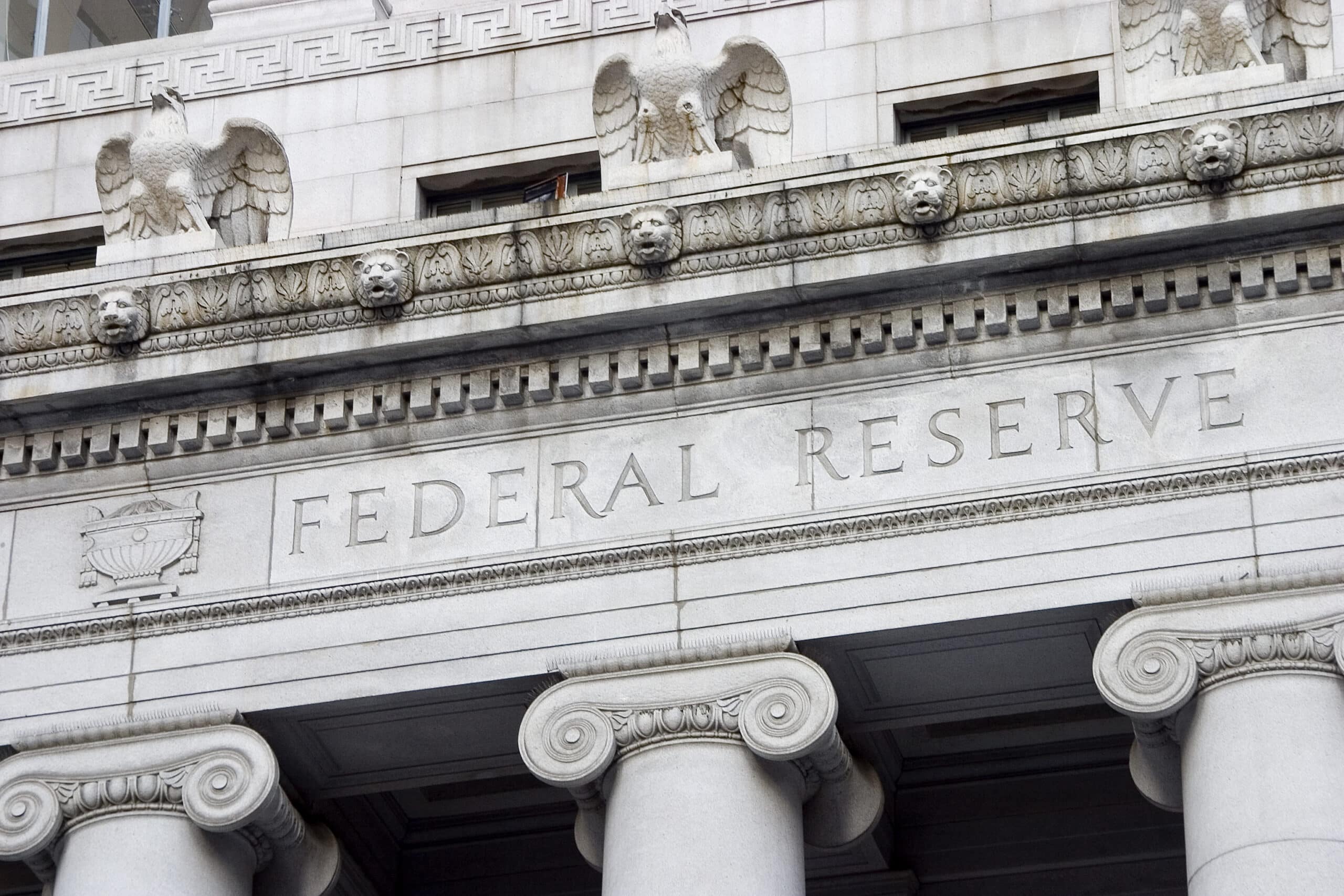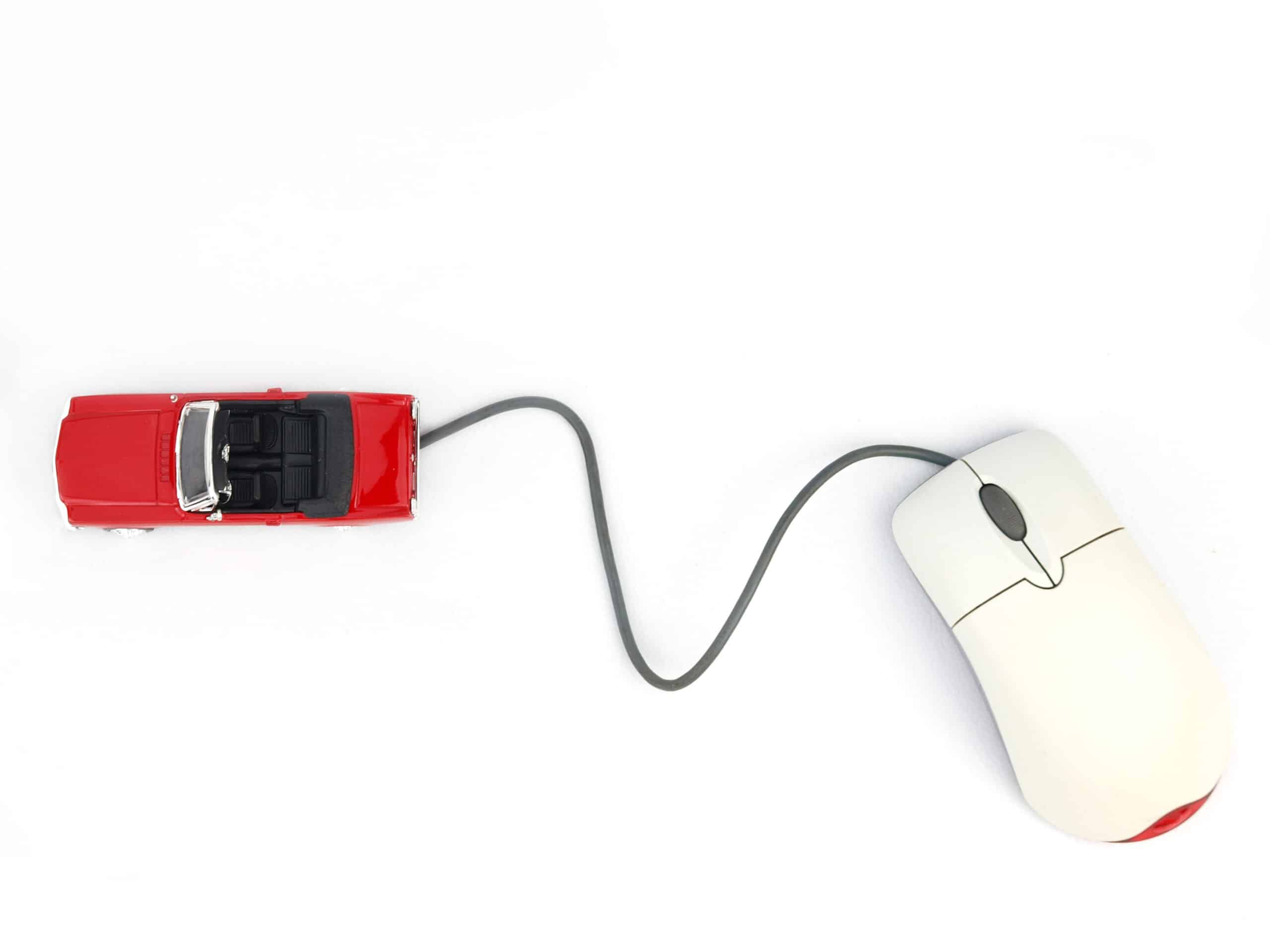Subprime sinks in Q3, auto originations move closer to pre-pandemic levels
Subprime originations fell 21% in Q3 2020, TransUnion data shows
Despite auto originations climbing back to near pre-pandemic levels in the third quarter of 2020, subprime loans continue to decline amid tightened credit standards, inventory shortages and dwindling demand. Auto originations measured on the TransUnion Industry Insights Report for the third quarter of 2020 totaled $7.32 million, a decline of 2% from the same period […]

Already subscribed? Log in















